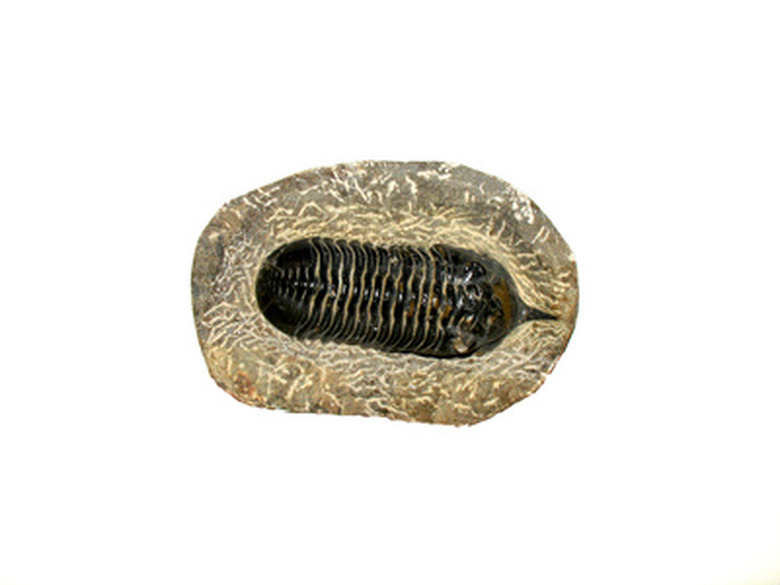The 5 Types Of Fossils
Fossils can be categorized into five types, based on their preservation process. When an organism is buried by sediment, it may leave behind a fossil if the sediment is turned into rock. The impressions left in rock by organisms is not original material such as tissue and skeleton from the creature. The organic material is replaced, transformed or dissolved away over geologic time.
Permineralization
Permineralization
After an organism is buried, the empty spaces can be invaded by groundwater. If the water is rich in minerals, they will precipitate out or crystallize in the same shape as the organism. The crystals fill and replace the organism, which dissolves away. If the organism decays slowly, then more crystals can form, providing a higher level of detail.
Molds and Casts
Molds and Casts
Often, the organism is completely removed over time by dissolution or decay. The cavities created as the organism disappears can become filled with sediment. Once the organism is gone, only an impression is left in the rock. If a fossil is a negative imprint of the outside of an organism, then a mold is formed. If the organism is filled in by sediment, then it is a cast.
Recrystallization
Recrystallization
If organic material is not removed, it can be altered to become part of the fossil. The heat and pressure from burial within sediment can change the structure of the original material from the organism. Calcium in bones can recrystallize into calcite or aragonite. The compounds in an organism that are recrystallized are rearranged to form new minerals. Recrystallization occurs most often in bones or shells high in calcium.
Carbonization
Carbonization
Living things contain large amounts of carbon. When they are buried and compressed, they can turn into dark black molds of the original organism. Intense heat and pressure squish the fossil and distort it. With enough heat and pressure, coal is formed. Plant leaf fossils are found undistorted but carbonized because they lay down flat and are two-dimensional. Material is not removed by carbonization, but altered.
Bioimmuration
Bioimmuration
Life forms sometimes grow over one another. Marine life such as coral creates intertwined structures that frequently consume or surround other pieces of coral or sea sponge. Molds or cavities can be left behind within the fossil remains of coral, which are themselves separate fossils. An organism without a hard shell will leave behind empty spaces in the larger creature surrounding it.
Cite This Article
MLA
Simmons, Marty. "The 5 Types Of Fossils" sciencing.com, https://www.sciencing.com/5-types-fossils-6907983/. 24 April 2017.
APA
Simmons, Marty. (2017, April 24). The 5 Types Of Fossils. sciencing.com. Retrieved from https://www.sciencing.com/5-types-fossils-6907983/
Chicago
Simmons, Marty. The 5 Types Of Fossils last modified August 30, 2022. https://www.sciencing.com/5-types-fossils-6907983/
